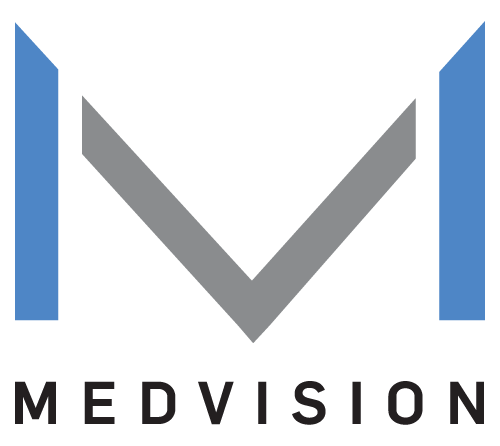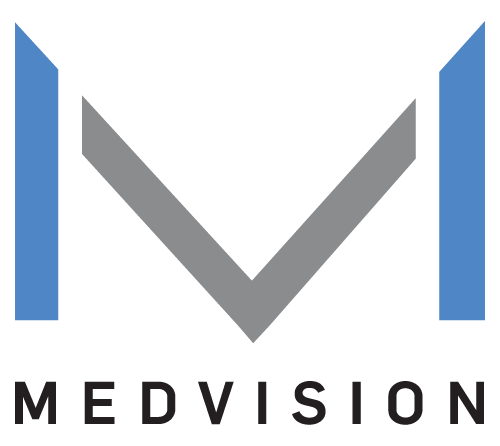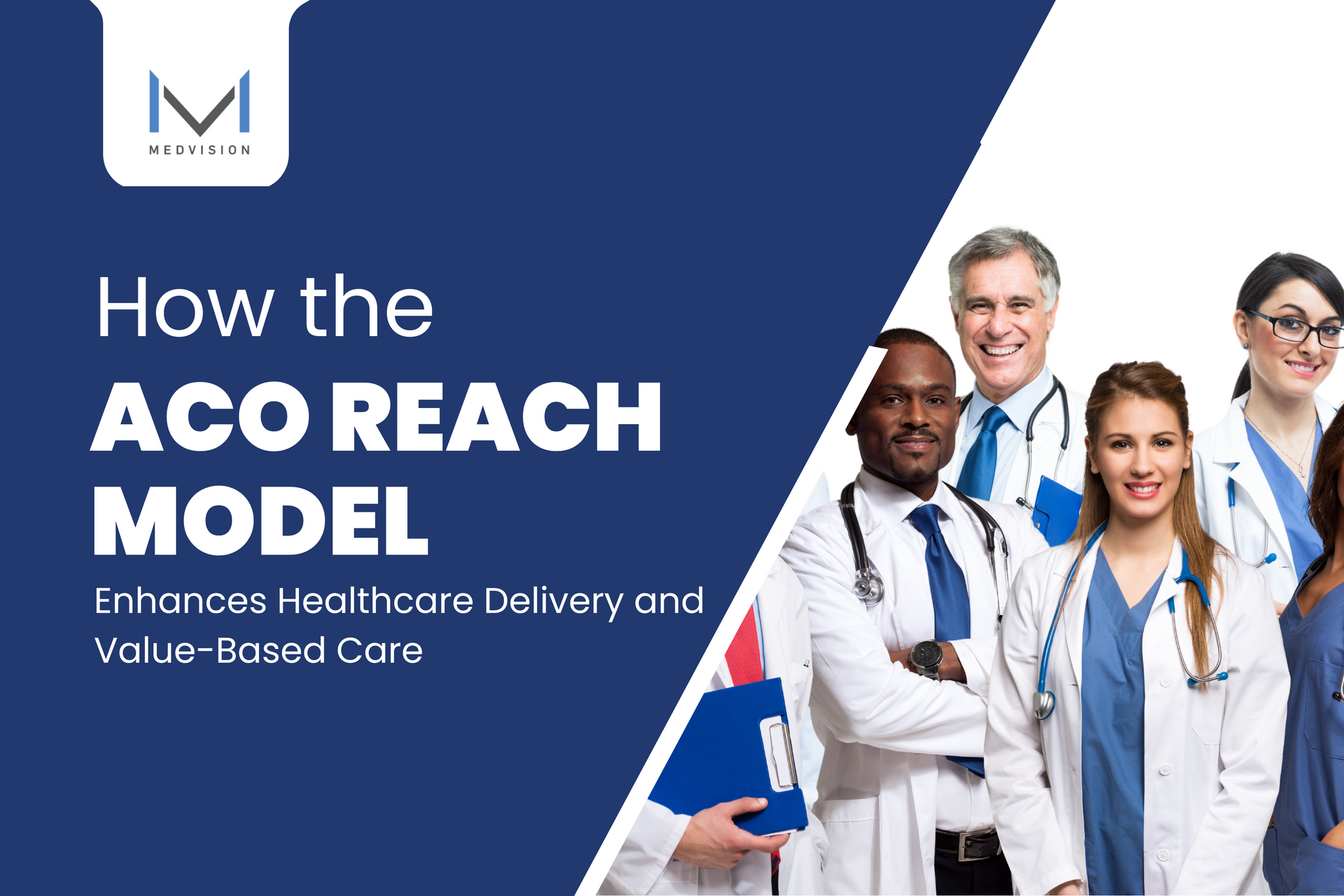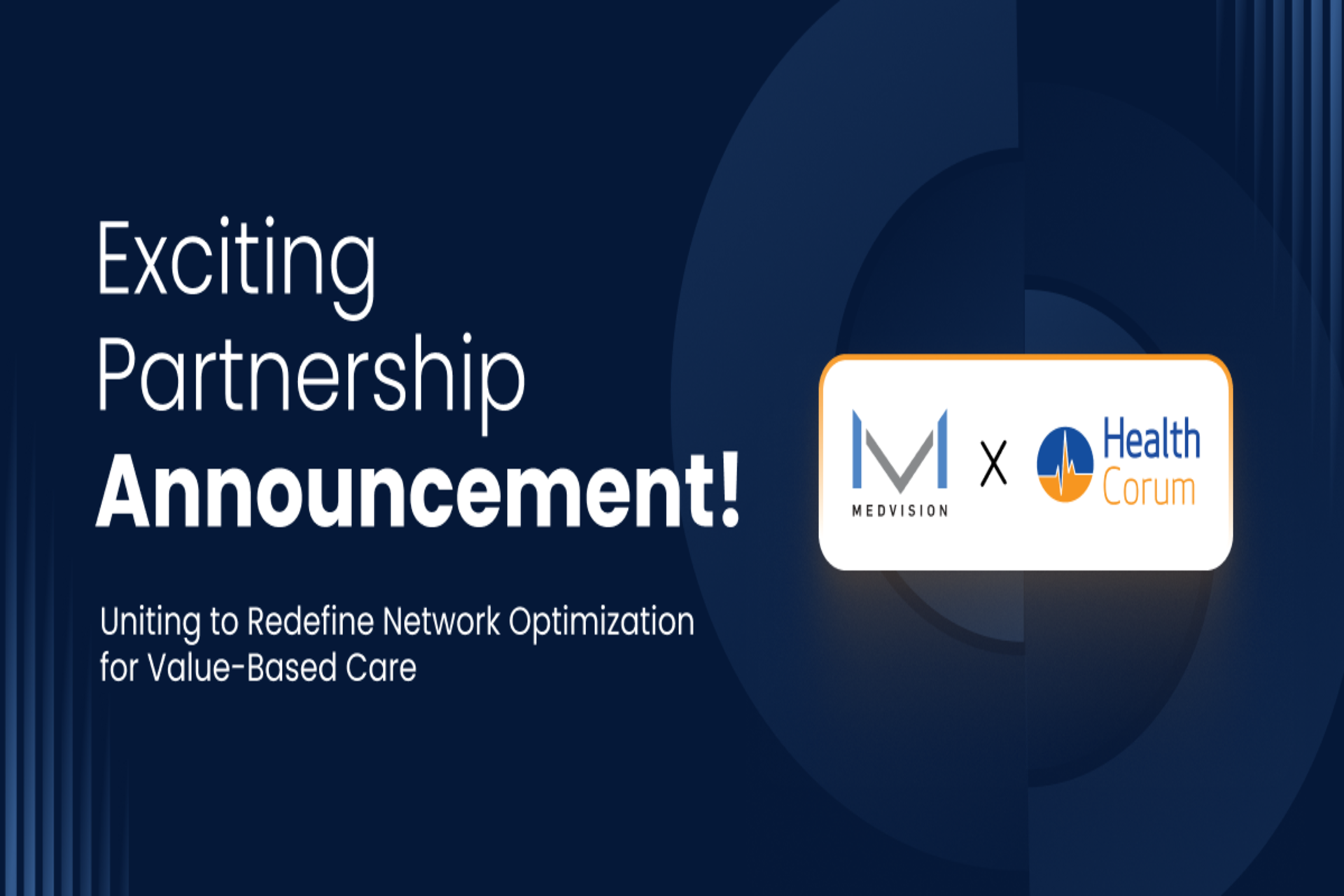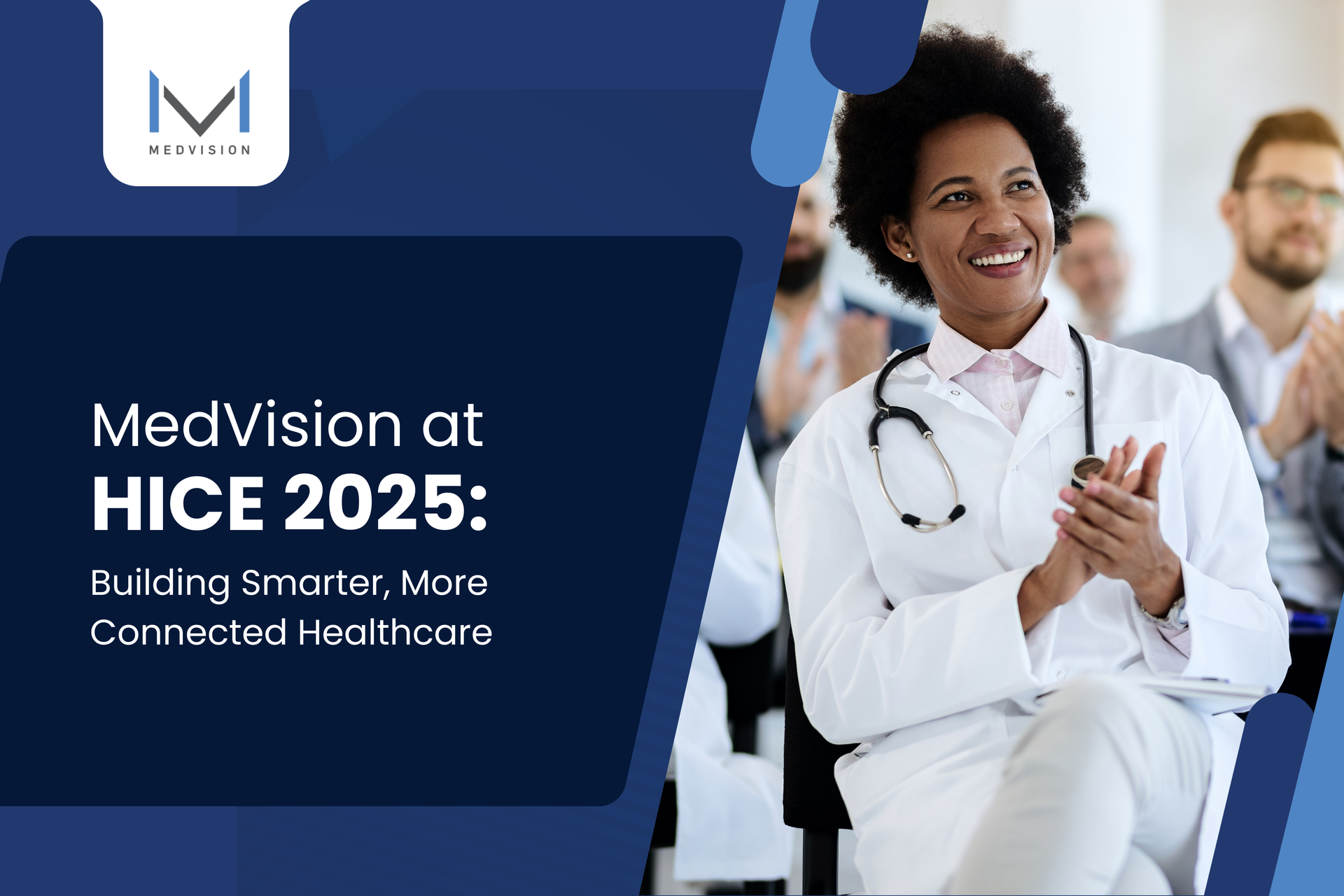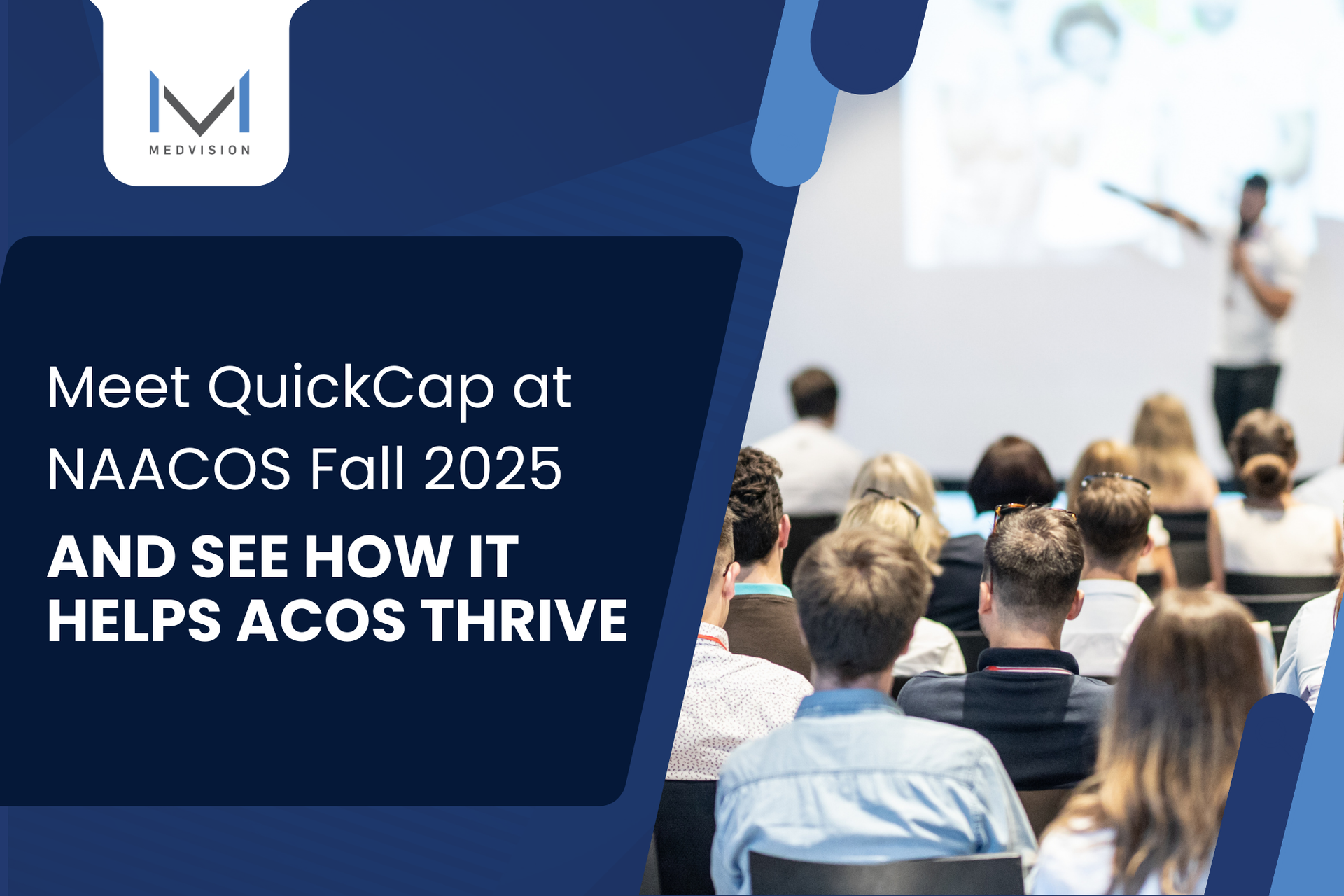What You Need to Know: An ACO REACH Model Summary
The Centers for Medicare & Medicaid Services (CMS) launched a new healthcare initiative for
health equity known as Accountable Care Organizations (ACO) Realizing Equity, Access, and Community Health (REACH). Like the name suggests, this model seeks to extend healthcare goals to a wider range of beneficiaries. While the program retains similar objectives as its
predecessor, improvements focus on marginalized sectors of the community. Promoting inclusivity and bridging disparities in the system are now top priorities for the industry.
With the expected implementation period approaching, many are wondering whether the current infrastructures can meet the demands of a broader scope. Drafting an
ACO REACH model summary
can help identify these challenges and draw out factors that contribute to its success.
The Redesigned Perspective: ACO REACH Model Summary
The ACO REACH model has
new focus areas that aim to reach more sectors. To achieve this, participants work to reform administrative policy, address disparities in underserved communities, and improve data transparency frameworks. While the old model had ambiguous approaches to developing health equity, ACO REACH has specific and actionable goals.
The redesigned model requires participants to develop their own health equity plan and mitigate gaps in care delivery. This approach ensures that action plans are suitable to specific communities and
reduces chances of counterproductive work.
With these and more, there is a larger demand for data analytics. ACO REACH participants will face added rules for compliance, on top of adjustments to benchmarks and risk scores. Data management is also expected to start at the grassroots level to bridge gaps in patient care coordination. These are among many expectations for the next performance year.
Expected Healthcare Changes with ACO Model Redesign
The shift to value-based healthcare has been a continuous endeavor. Still, there remains a challenge in adopting new methods. Here are some key factors that can aid its implementation:
Well-Grounded Infrastructures that Pave Model Implementation
Infrastructures set the foundation for improving standards of care. This includes quality medical equipment, structural environment, and medical technology. There are also intangible assets that involve administrative functions, including organizational structures and access frameworks that keep operations running. The latter group bears the responsibility of keeping standards of service and communication. These structures guarantee the seamless integration of stakeholders and various entities involved in healthcare processes.
The collective goal of infrastructure-building is to set foundations to support the healthcare process. Coordinating sectors involved is only possible through data transparency among patients and providers alike. Especially with the model’s aim for inclusivity, patients and communities should be informed of their own health status. By doing so, there is a holistic awareness of well-being, which is an important factor that
improves population health.
Efficient Decision-Making for Healthcare Development
ACO REACH participants are among the primary entities in charge of the model’s implementation. They act as integrators who synchronize processes and decision-making procedures for a more organized patient care system. As in the drafted ACO REACH model summary, CMS has included mandates that pose challenges to care management. With increased complexities for monitoring and compliance, organizations may have their hands full adapting to the new system. This problem needs efficient decision-making to speed up multi-step processes and guarantee prompt care delivery.
This may sound as simple as signing off authorizations or approving tasks. In actuality, decision-making requires great attention to detail. Effective decisions rely on accurate data as well as clear communication pathways to send and receive important information. With the focus on reaching underserved communities and encouraging stakeholder participation, many rely on information technology (IT) to manage processes. To the extent that without interactive data repositories at work,
decision-making slows down during care delivery.
Reliable Data Frameworks that Cement Workflows
Limitations in data infrastructure can negatively affect patient care operations. For instance, incompatibilities in hospital and physician records impede transactions in the healthcare process. Reporting performance and risk measures consequently fall short since the data is incomplete. In turn, organizations fail to meet standard care management protocols with inconsistencies in the process.
This shows how
inefficient data transmission stunts care delivery, leading to substandard patient care and distrust in the healthcare system. This makes the role of technological systems beneficial to workflows concerning governance, clinical-protocols, risk management, and more.
Meet Surging Healthcare Demands with Agile Systems
Drafting an ACO REACH model summary presented the rationale behind redesigning healthcare standards. Doing so has shed light on how policies and standards compel the industry to achieve better outcomes.
As a leading partner in healthcare operational software, MedVision has anticipated this shift to new and improved approaches. To facilitate healthcare infrastructures, QuickCap 7 (QC7) functions to support front-to-back-end roles through administrative and operational modules. QC7 is also a reliable macro-system framework that provides tools for swift decision- making and improved care coordination. Among the many features that may aid in healthcare infrastructure are:
- Integrated data warehouse repositories that streamline patient care coordination.
- Highly-effective communication capabilities to relay important data and patient healthcare updates.
- Patient-centric clinical alerts to inform and remind contact points in relation to improved patient health outcomes and goals.
- Digital configurations that improve administrative processes.
QC7 is flexible to your organizational needs, sharing the same mission to improve healthcare delivery for all.
Make the Best Decision for Your Organization and
Explore IT Solutions with Us!
References:
1. Singer, Sara, and Stephen Shortell. “Implementing Accountable Care Organizations: Ten Potential Mistakes and How to Learn from Them - PubMed.” JAMA, August 17, 2011. https://doi.org/10.1001/jama.2011.1180.
2. Luxon, Linda. “Infrastructure – the Key to Healthcare Improvement.” Future Hosp J, February 2015. https://doi.org/https://doi.org/10.7861%2Ffuturehosp.2-1-4.
3. Trosman, Julia R., Christine B. Weldon, Michael P. Douglas, Patricia A. Deverka, John Watkins, and Kathryn A. Phillips. “Decision-Making on Medical Innovations in a Changing HealthcareEnvironment: Insights from Accountable Care Organizations and Payers onPersonalized Medicine and Other Technologies.” Value Health 1, no. 20 (January 2017): 40–46. https://doi.org/10.1016/j.jval.2016.09.2402.
By Ma. Yvette Quiwa
•
June 16, 2025
The ACO REACH value-based care model improves health outcomes and population management efficiency. Discover how the right software maximizes these efforts.
By Ma. Yvette Quiwa
•
December 9, 2024
Medicare Advantage and ACO REACH drive better care and cost efficiency for patients. Discover their impact on the healthcare system today.
By Jadys Diez
•
November 15, 2024
Stay ahead in healthcare with MedVision's QuickCap. Learn how migrating from legacy systems boosts innovation, patient outcomes, and better care.


